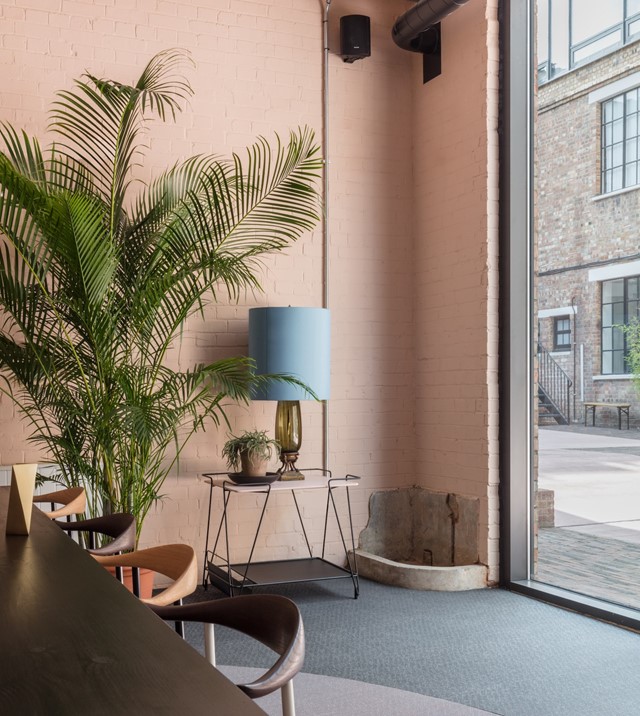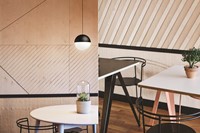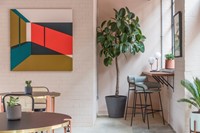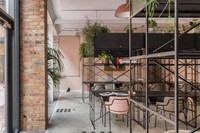Partners in life and work, the duo behind Sella Concept talk to us about an intimate approach to space that’s seen them work with the world’s biggest brands
We’ve all felt the inconvenient itch of crushing on someone at work. Most times those feelings pass by, but imagine feeling “physically sick” at the sight of a co-worker and being faced with the unavoidable reality that you are completely in love with them. That’s how Sella Concept’s Gayle Noonan describes the discovery of an unexpected romance with co-founder Tatjana von Stein.
Thrown together as part of the team tasked with developing the original concept and design for a former Clerkenwell design hotspot (and the home of London’s most photographed gold parquet floors), Noonan and Von Stein have since embarked on two new journeys – one professional, one personal – working with a wide range of clients as “non-conventional design studio and business consultancy” Sella Concept, and as a couple whose intimacy is as warmly enticing as their creative vision.
Powered by their intense comprehension of emotion-led behaviour and spacial interaction, the diversely talented duo’s portfolio of work includes everything from creating a co-working space at East London’s De Beauvoir Block and branding Grade ll-listed Mediterranean restaurant Omar’s in Pimlico, to event and installation design for digital giants Google, Netflix and Instagram. As pioneers of the digital generation turn to the creative world for a taste of IRL experiential inspiration, Noonan and Von Stein share their thoughts on the convergence of social media and real world design.
On finding inspiration on and offline…
Tatjana von Stein: “With social media, you have an opening to so much more inspiration than you would have had before, but personally I get inspired literally on the street – how a car drives next to me; how art hangs on the wall.”
Gayle Noonan: “There is a danger of over-saturation. Both of us have quite a lot to draw from our backgrounds, but I’m with Tats, it’s generally the tactile; the physical environment inspires us way more. I also think that if you were waiting for that inspiration from just some visual, you’d be going round in circles because there’s just no door out of Instagram or Pinterest.”
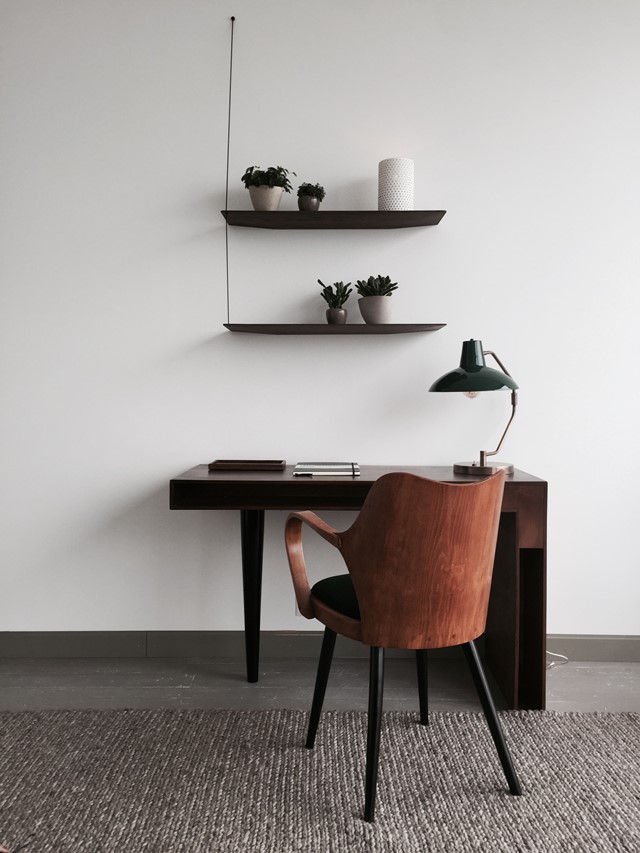
On millennial pink and nostalgia…
TVS: “We love something new, but there’s always an inspiration. I might be wrong here, but when you think of millennial pink it probably all started with people looking at those awesome Miami beach photos or LA palm trees and pink. It starts with an inspiration and then gets transported.”
GN: “It’s that trigger, that visual trigger that brings you back to something you desire a little bit. We keep using these words – transports us – because it’s like with Wes Anderson’s style. It’s so beautiful, you don’t want to put a time on that.”
On the power of social media and its role in creative awareness…
TVS: “I think it depends what side you look at it from – when you’re designing yourself it can be dangerous because you end up subconsciously taking from your peers. But on the consumer side, I think social media is a really wonderful thing because you appreciate things so much more. When we’re posting about this amazing ceramic artist people are appreciating the craftsmanship, appreciating the design details.”
GN: “The gate is also going up for aesthetic appreciation and that’s a good thing. I just wonder where we go from there? If social media keeps building people’s awareness and appreciation, where’s it actually going to stop? Does everyone on the street become a designer? Does everyone have a taste level? What does that eventually amount to in 30 years time?”
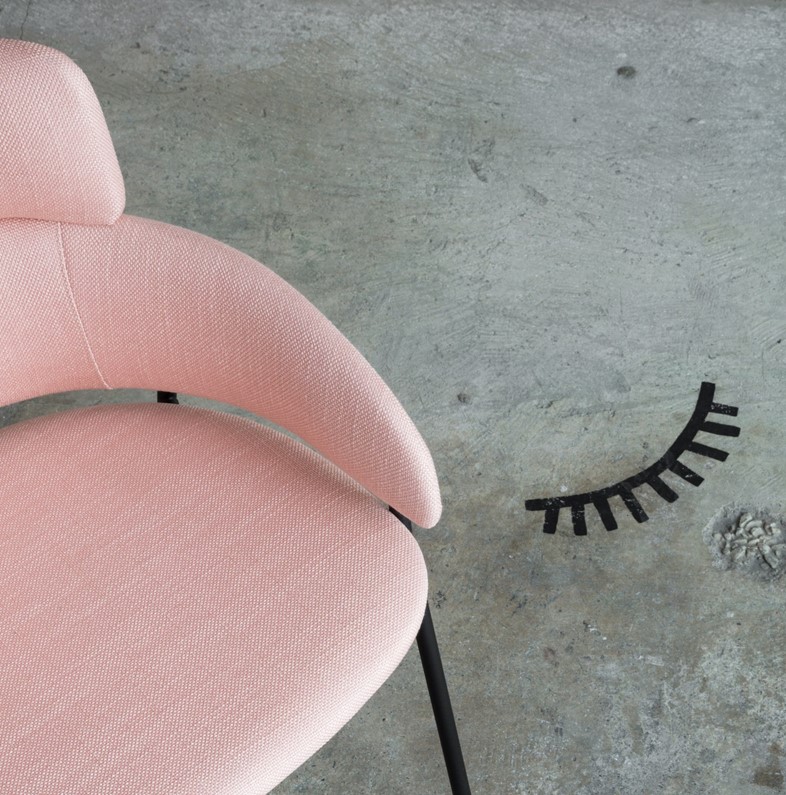
On capturing their spaces in photographs...
TVS: “The daytime beautifully showcases the colours, the textures and the details, but it doesn’t always showcase the atmosphere, and I think that’s where there’s a discrepancy. In De Beauvoir Block we’ve put in a big pink wall, but it’s not because it’s pink, it’s because when you’re fully involved in a plaster-finish pink you’re in a womb; you’re fully cocooned. The textures we created in Omar’s Place – it’s warm, it’s sensual, everything glows when you’re inside it – but that will never be perceived from the photos.”
On why digital era clients are attracted to their studio’s work…
TVS: “I think they’re all so successful online that getting it right in real life is the trickier part; they’re drawing on different influences in the way we are drawing on art and everything else, for a design. I think the reason we’re being involved in quite a lot of event design and set design is that people are aiming to be more multi-disciplinary, and they are creating more real-life experiences and aspirations. We push them, and they push us. We present to them and we think, ‘primary colours, fuck’. So we push each other, it’s a lovely marriage.”
GN: “100% it’s more lifestyle. Looking at all these brands, they thought that for a really long time that they just need to put on exhibitions or just really cool events where they’re a brand talking to the world about themselves. You know, it wasn’t going to take long for people to get bored by that, and it’s more lifestyle now. If you want to attract someone anywhere it has to be enjoyable, so I just think your corporate approach just stopped working 20 years ago, really.”

On who they’ve been able to push the furthest…
GN: “I think Netflix: when we came in they were like, red, red, red. And we were like: malibu peach!”
